 W
WFood processing is the transformation of agricultural products into food, or of one form of food into other forms. Food processing includes many forms of processing foods, from grinding grain to make raw flour to home cooking to complex industrial methods used to make convenience foods. Some food processing methods play important roles in reducing food waste and improving food preservation, thus reducing the total environmental impact of agriculture and improving food security.
 W
WBoiling down was the term used in Australia for the process of rendering the fat from animal carcasses to produce tallow. It was a common activity on farms and pastoral properties to produce tallow to be made into soap and candles for domestic use.
 W
WA creamery is a place where milk and cream are processed and where butter and cheese is produced. Cream is separated from whole milk; pasteurization is done to the skimmed milk and cream separately. Whole milk for sale has had some cream returned to the skimmed milk.
 W
WDielectric heating, also known as electronic heating, radio frequency heating, and high-frequency heating, is the process in which a radio frequency (RF) alternating electric field, or radio wave or microwave electromagnetic radiation heats a dielectric material. At higher frequencies, this heating is caused by molecular dipole rotation within the dielectric.
 W
WDry ice blasting is a form of carbon dioxide cleaning, where dry ice, the solid form of carbon dioxide, is accelerated in a pressurized air stream and directed at a surface in order to clean it.
 W
WCoating is an industrial process that consists of applying a liquid or a powder into the surface of an edible product to convey new properties. Coating designates an operation as much as the result of it: the application of a layer and the layer itself. Coating takes different meanings depending on the industry concerned.
 W
WFood grading involves the inspection, assessment and sorting of various foods regarding quality, freshness, legal conformity and market value. Food grading often occurs by hand, in which foods are assessed and sorted. Machinery is also used to grade foods, and may involve sorting products by size, shape and quality. For example, machinery can be used to remove spoiled food from fresh product.
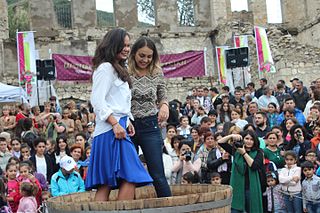 W
WGrape-treading or grape-stomping is part of the method of maceration used in traditional wine-making. Rather than being crushed in a wine press or by another mechanized method, grapes are repeatedly trampled in vats by barefoot participants to release their juices and begin fermentation. Grape-treading was widespread in the history of winemaking, but with the introduction of industrial methods, it now survives mostly as a recreational or competitive activity at cultural festivals.
 W
WA hook is a hand tool used for securing and moving loads. It consists of a round wooden handle with a strong metal hook about 8" long projecting at a right angle from the center of the handle. The appliance is held in a closed fist with the hook projecting between two fingers.
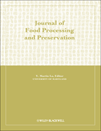 W
WThe Journal of Food Processing and Preservation is a peer-reviewed scientific journal that covers research into food processing and preservation. It is published by Wiley-Blackwell. The journal moved to online-only publication in 2011.
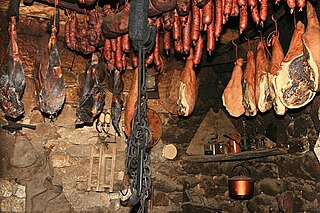 W
WThis is a list of smoked foods. Smoking is the process of flavoring, cooking, or preserving food by exposing it to smoke from burning or smoldering material, most often wood. Foods have been smoked by humans throughout history. Meats and fish are the most common smoked foods, though cheeses, vegetables, and ingredients used to make beverages such as whisky, smoked beer, and lapsang souchong tea are also smoked. Smoked beverages are also included in this list.
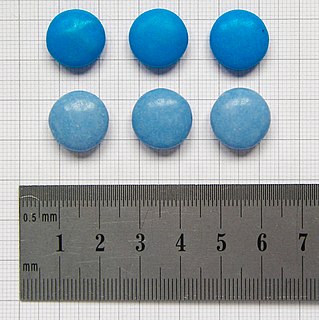 W
WNatural food and all-natural food are terms in food labeling and marketing with several definitions, often implying foods that are not manufactured by processing. In some countries like the United Kingdom, the term "natural" is defined and regulated; in others, such as the United States, the term natural is not enforced for food labels, although there is USDA regulation of organic labeling.
 W
WA pancake machine is an electrically-powered machine that automatically produces cooked pancakes. It is believed that the earliest known pancake machine was invented in the United States in 1928. Several types of pancake machines exist that perform in various manners, for both commercial and home use. Some are fully automatic in operation, while others are semi-automatic. Some companies mass-produce pancake machines, and some have been homemade. The Happy Egg Company constructed a novelty pancake machine in 2013 in commemoration of Pancake Day in the United Kingdom.
 W
WPasta processing is the process in which wheat semolina or flour is mixed with water and the dough is extruded to a specific shape, dried and packaged.
 W
WA press cake or oil cake is the solids remaining after pressing something to extract the liquids. Their most common use is in animal feed.
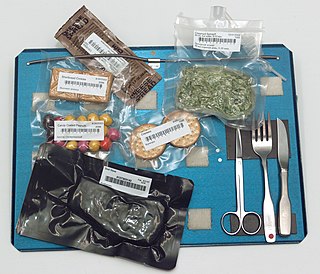 W
WSpace food is a type of food product created and processed for consumption by astronauts during missions to outer space. The food has specific requirements of providing balanced nutrition for individuals working in space, while being easy and safe to store, prepare and consume in the machinery-filled weightless environments of crewed spacecraft.
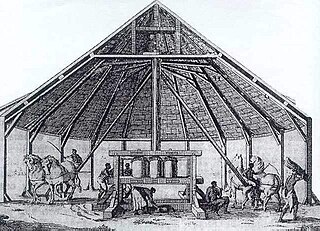 W
WA trapiche is a mill made of wooden rollers used to extract juice from fruit, originally olives, and since the Middle Ages, sugar cane as well. By extension the word is also sometimes applied to the location of the mill, whether the workshop or the entire plantation.
 W
WUltra-processed foods are food and drink products that have undergone specified types of food processing, usually by transnational and other very large 'Big food' corporations. These foods are designed to be "convenient, eaten on the go, hyperpalatable and appealing to consumers, and, most importantly, the most profitable segment of Big Food companies’ portfolios because of these foods’ low-cost ingredients".
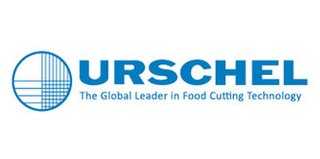 W
WUrschel Laboratories Inc. is a global retailer of food-processing machinery, based in Chesterton, Indiana. The company was founded by William Urschel in 1910, after he invented a gooseberry snipper. The company's headquarters were located on South Napoleon Street in Valparaiso, Indiana, from 1910 until 1957, when a new plant was constructed on Calumet Avenue, also in Valparaiso. The company moved to a new facility in nearby Chesterton in 2015.